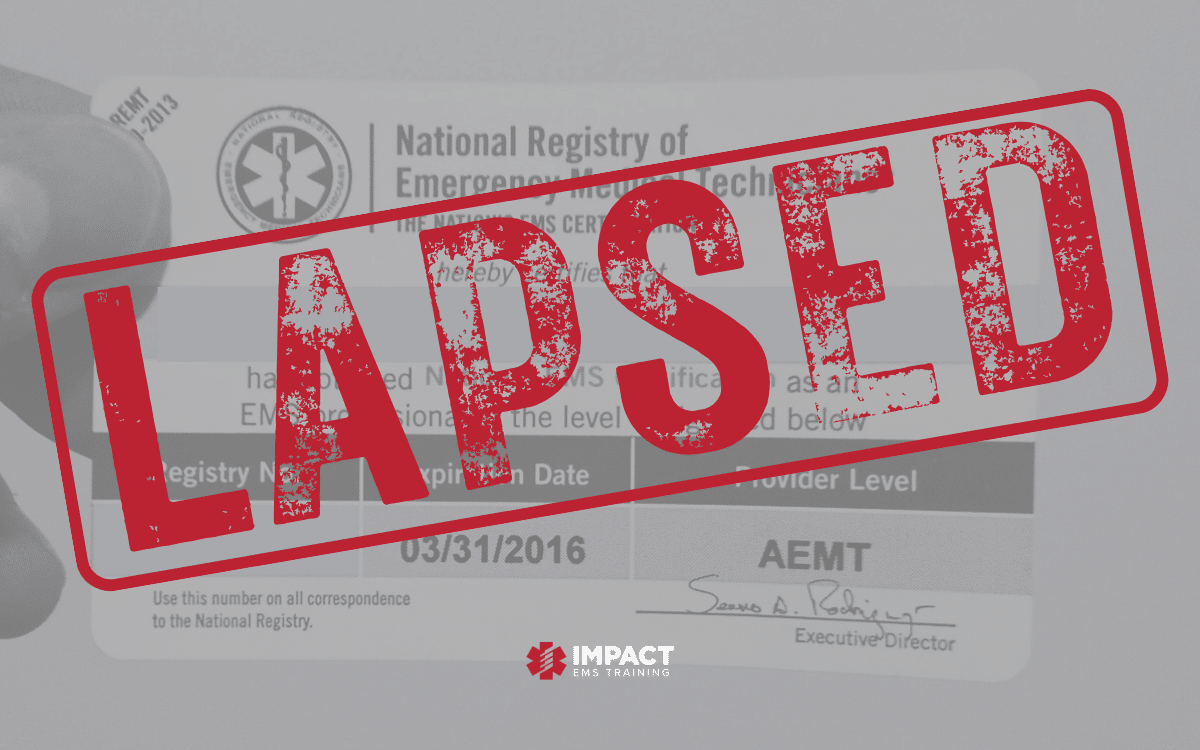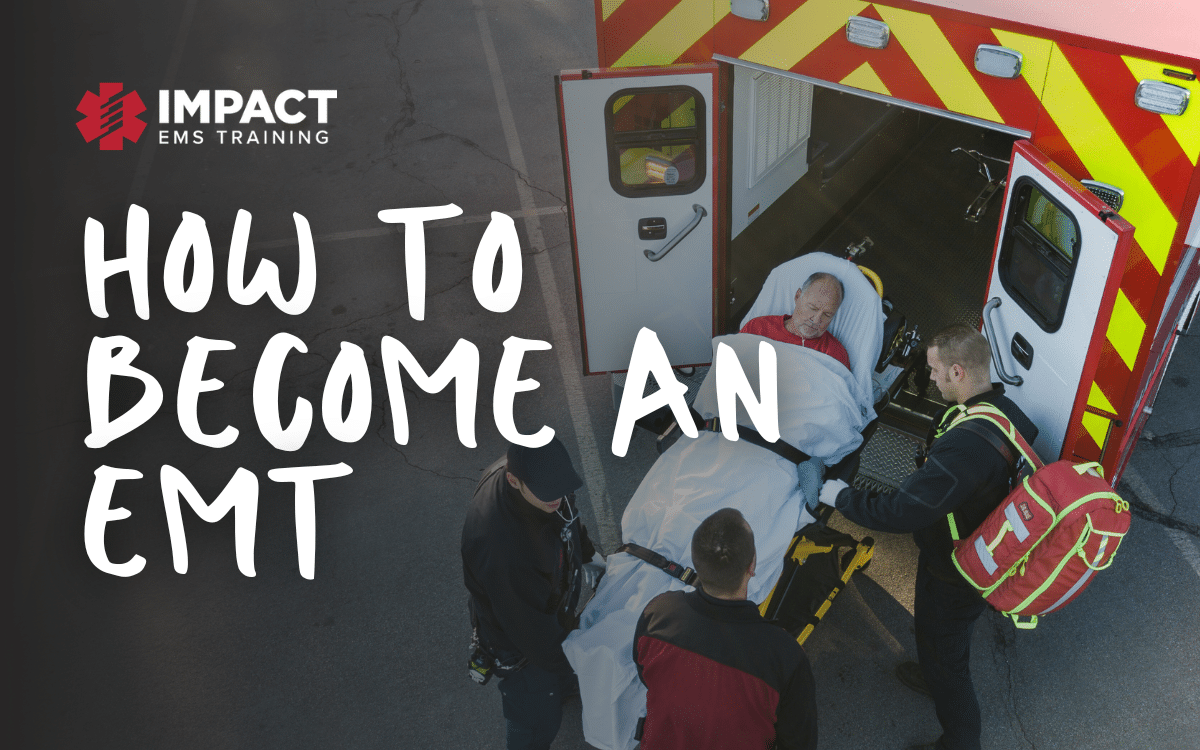Advances in Cardiac Arrest Care
The most critical call we have as EMS providers is the one with the worst outcomes. Cardiac arrest care has been much the same for quite a while, because it’s hard to measure what works in those cases, and care guidelines lag years behind new evidence. For instance, “Heads-up CPR” and impedance threshold devices have shown immense promise, but they haven’t made it into standard CPR protocols. Before we get to the fun stuff though, it’s important to understand what happens to the body in cardiac arrest. If we can fix that, we can bring people back from the dead (technically making zombies).
Physiology of Arrest
We all know that cardiac arrest happens when the heart stops pumping blood for some reason. But this isn’t a CPR class, so let’s hit the interesting stuff. The big problems in an arrest are coronary perfusion, intracranial pressure, and cerebral perfusion. These things have to be managed correctly in order to have any chance of ROSC. So what happens?
Well, they all get screwy. Returning perfusion to the heart, brain, and vital organs, AND returning intracranial pressure to a normal-ish range are the keys to effective resuscitation. Once the heart quits, the heart and brain lose their perfusion. Blood pressure falls off a cliff, and we know we need 90/60 for perfusion, right? In a cardiac arrest scenario, it takes time to build up enough blood pressure to allow perfusion to critical tissues, and any interruption in compressions allows that pressure to plummet back down. That’s why the American Heart Association has been preaching for years to minimize interruptions in chest compressions.
Cerebral perfusion pressure is absolutely critical for a neurologically intact survival after ROSC, but it’s not talked about in depth. All we get is “do good compressions and it’ll maybe work.” That statement isn’t wrong, but it doesn’t give us as clinicians all the information we want. Basically, with every compression, we increase intracranial pressure (ICP). An increase in ICP directly correlates with an increase in cerebral perfusion pressure. Most doctors agree that this is a good thing. If ICP gets too high, though, we limit the amount of perfusion to the brain. Basically, we need some ICP, but not a lot.
As tissues lose their oxygen supply, they enter anaerobic metabolism and begin building up acid, which throws a patient’s acid-base balance out of whack. Because the heart isn’t beating, coronary tissue and brain tissue (and all the other tissues) are not getting oxygen and enter into that anaerobic metabolism. And since there’s no blood flow, there’s nowhere for that waste and acid being created to go. The body trends towards acidosis and quickly moves into a state that won’t support life.
Lastly, since the majority of the heart is perfused during diastole and not systole, it’s important to focus on high-quality chest compression and allow full chest recoil between compressions. As blood exits the heart and moves into the aorta, backflow in the aortic arch causes blood to flow to the coronary arteries. If there’s no blood exiting the heart, there’s no backflow in the aorta, and no blood pumping through the coronary arteries. Most cardiologists categorize this as “very bad.” Good compressions and good recoil between compressions allow that backflow to happen and build up coronary perfusion pressure.
“They’re only mostly dead”
Impact EMS offers accredited certification and refresher courses in one trusted location. Fully prepare for certification exams and maintain licensure with skill building credits.





